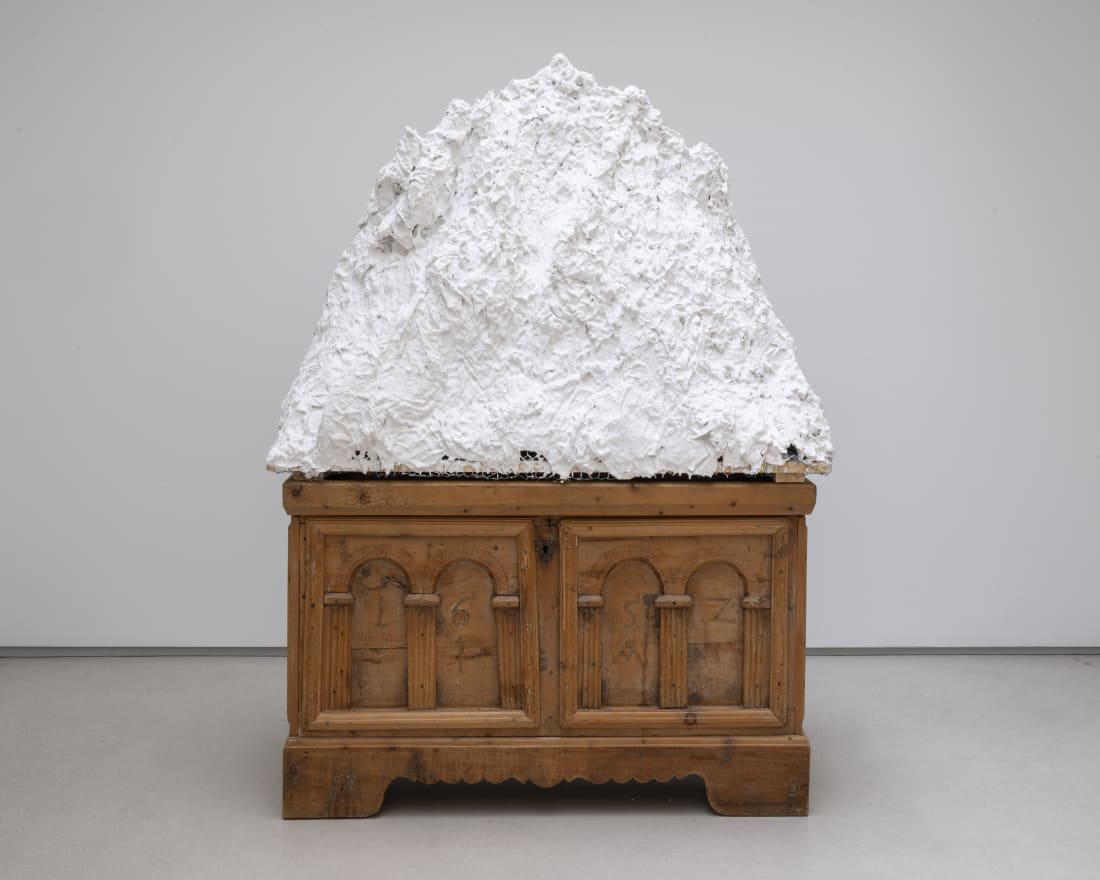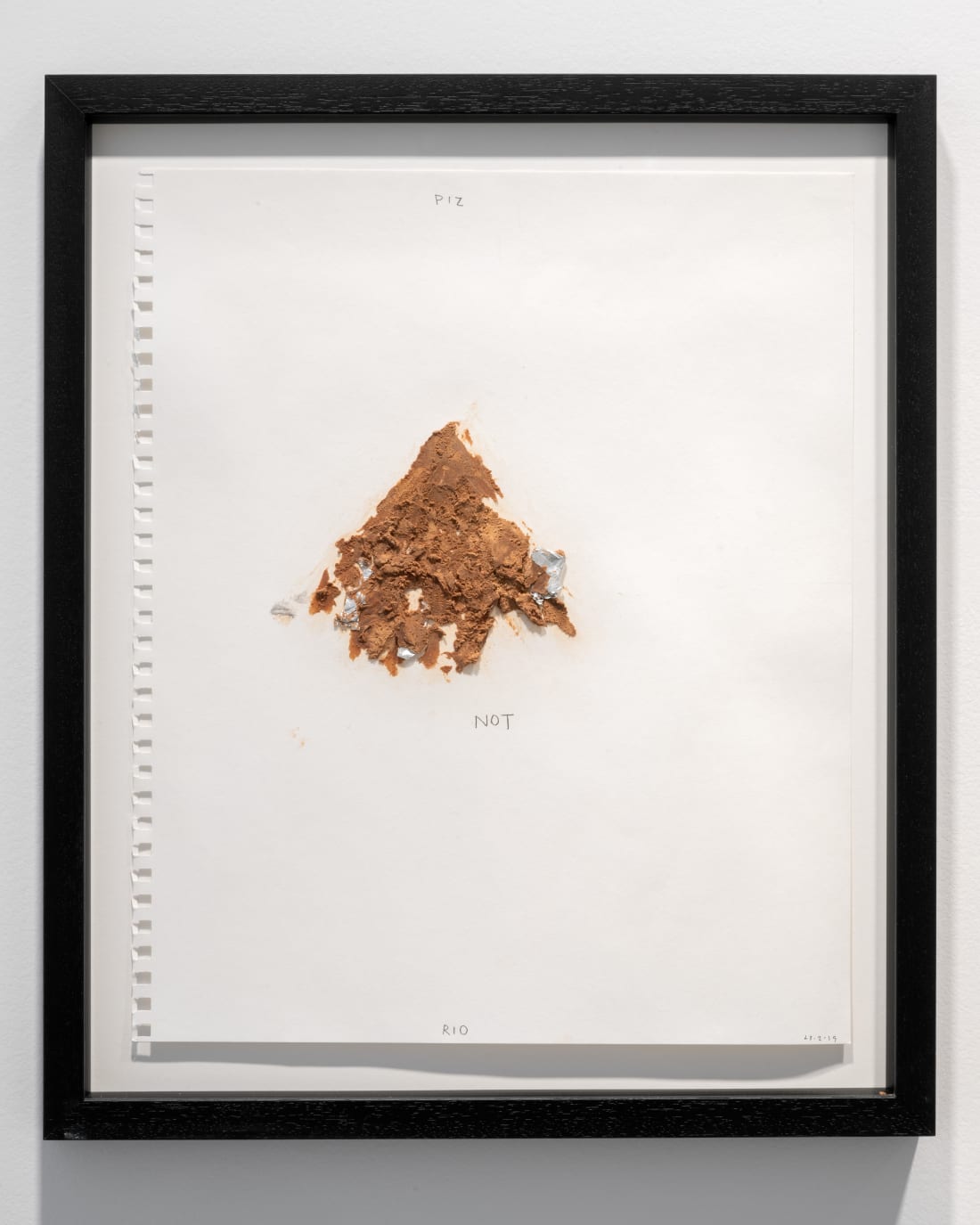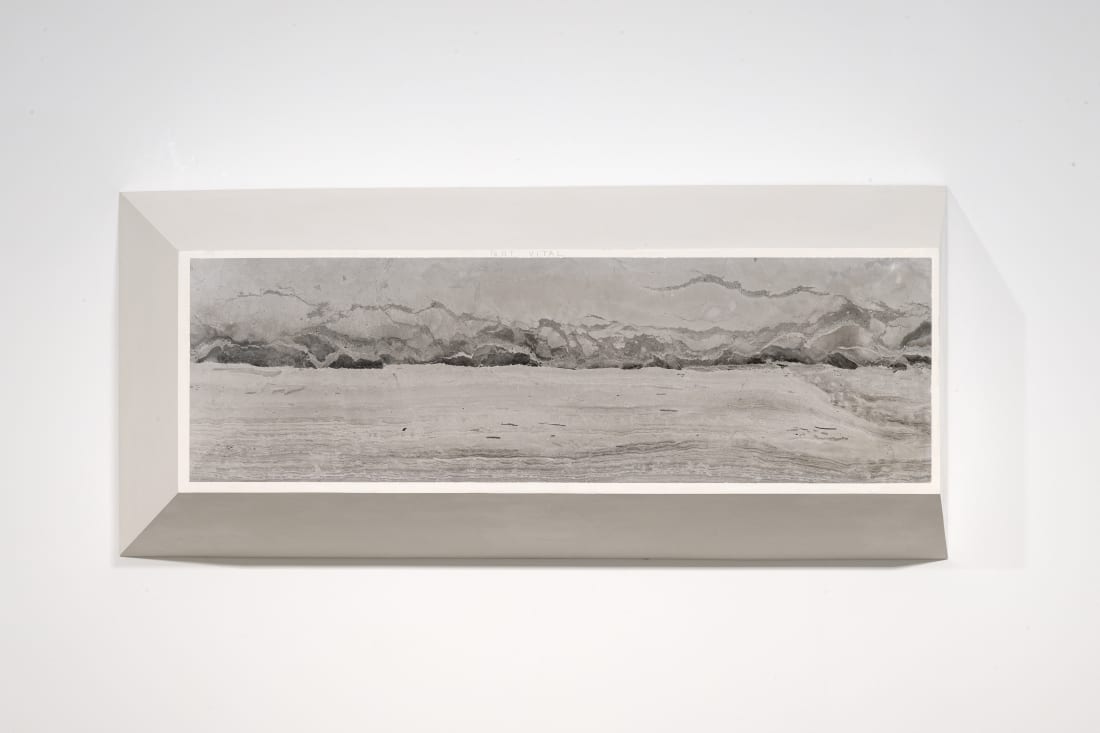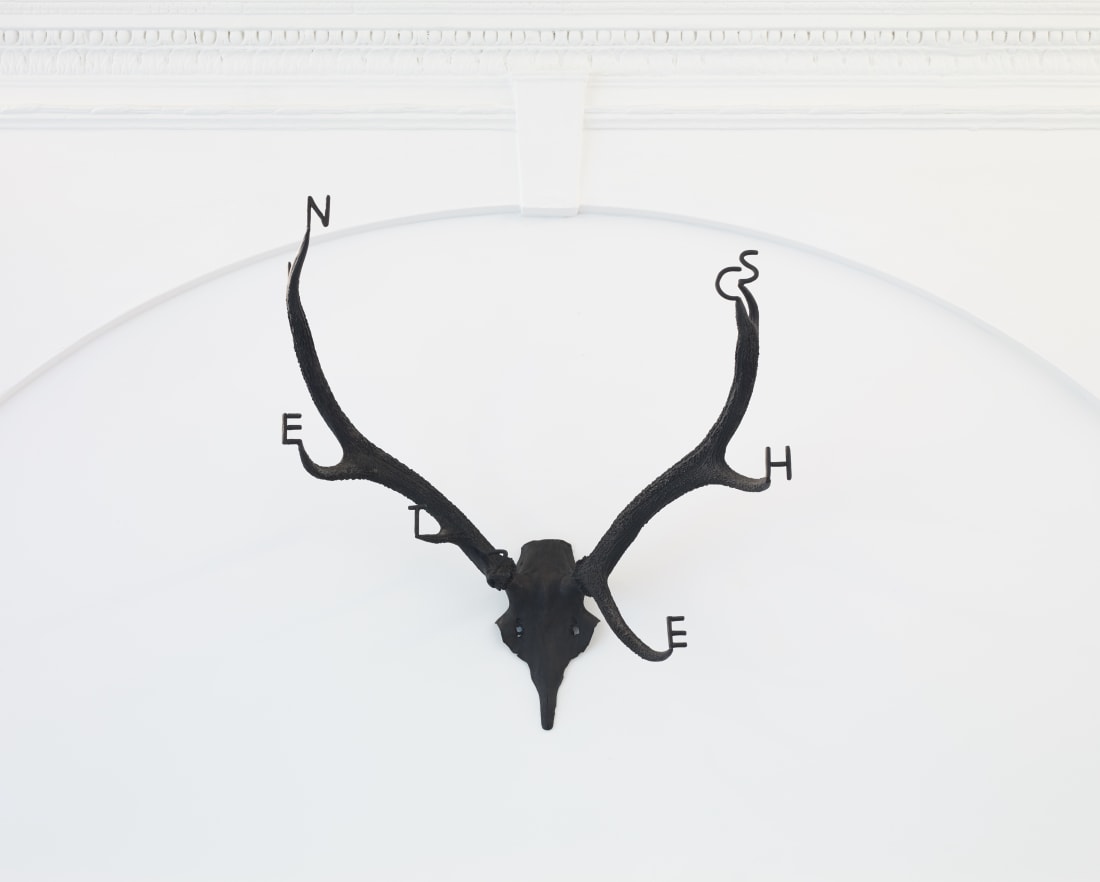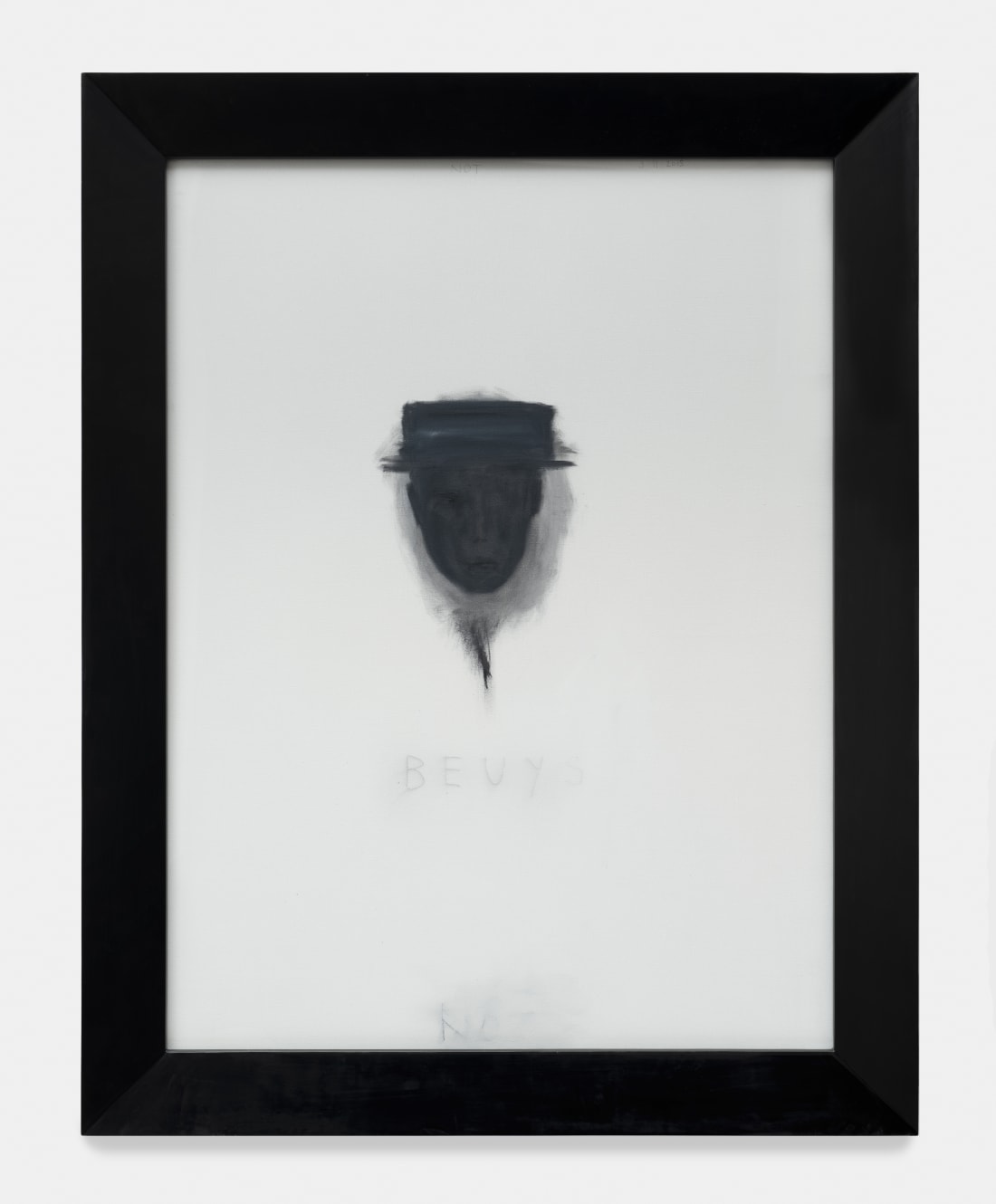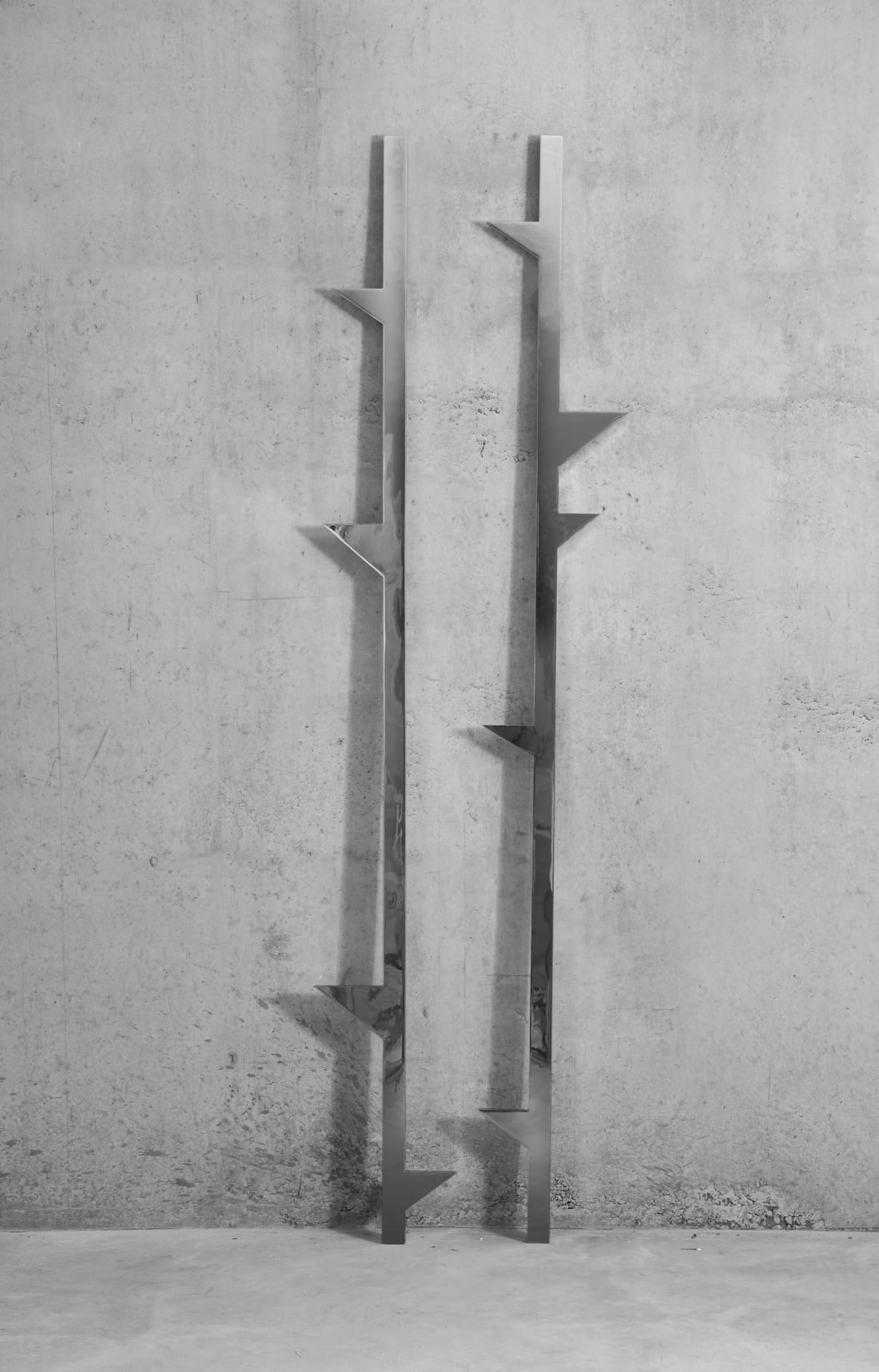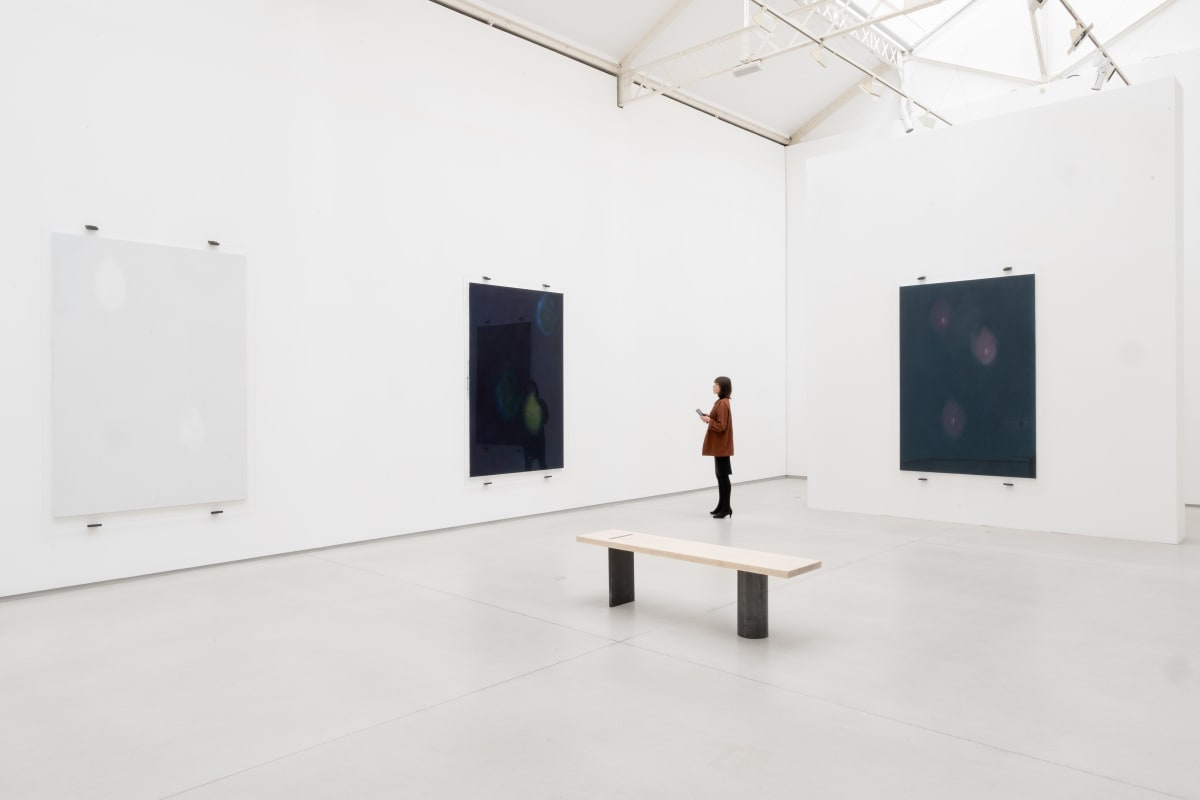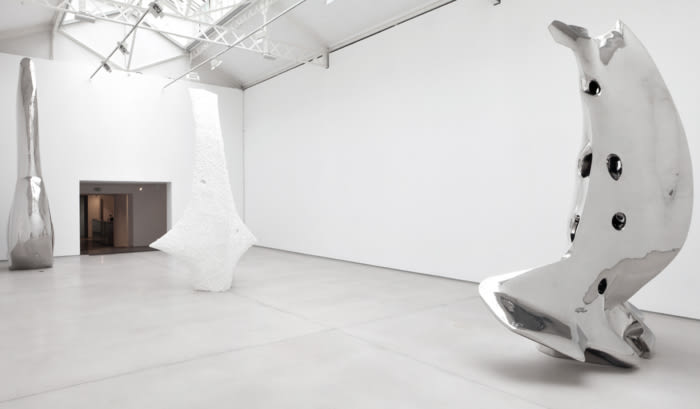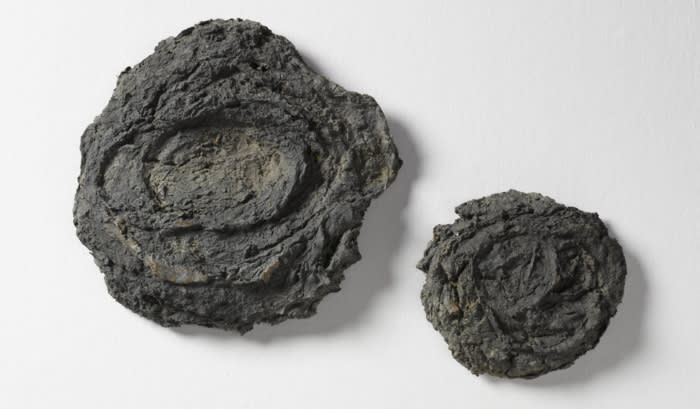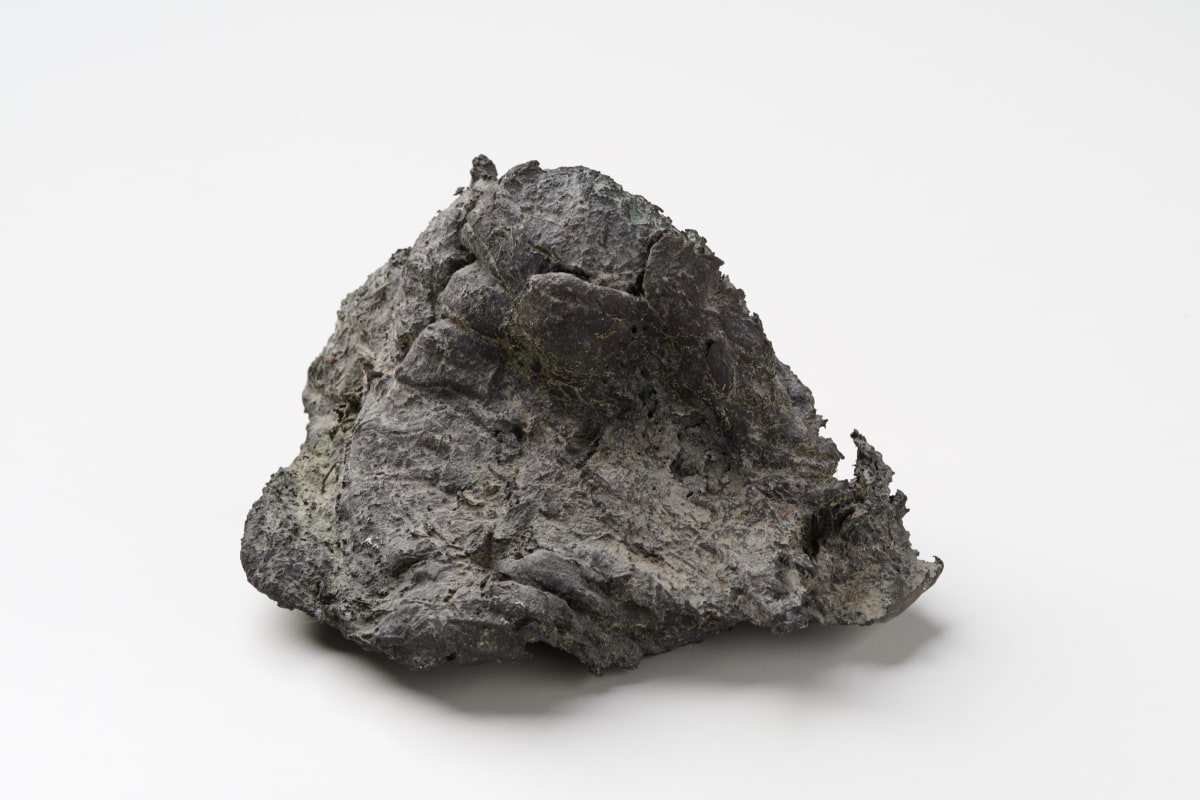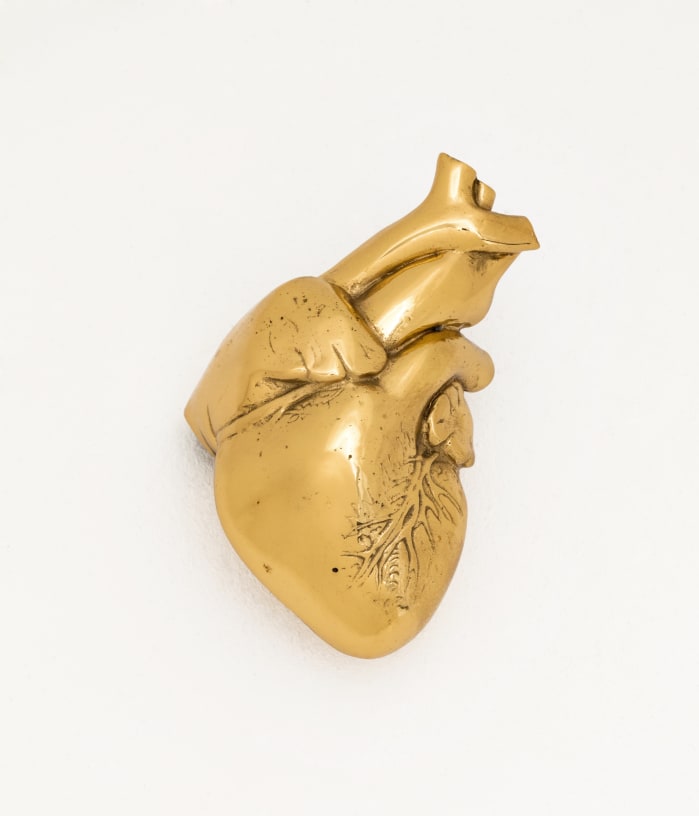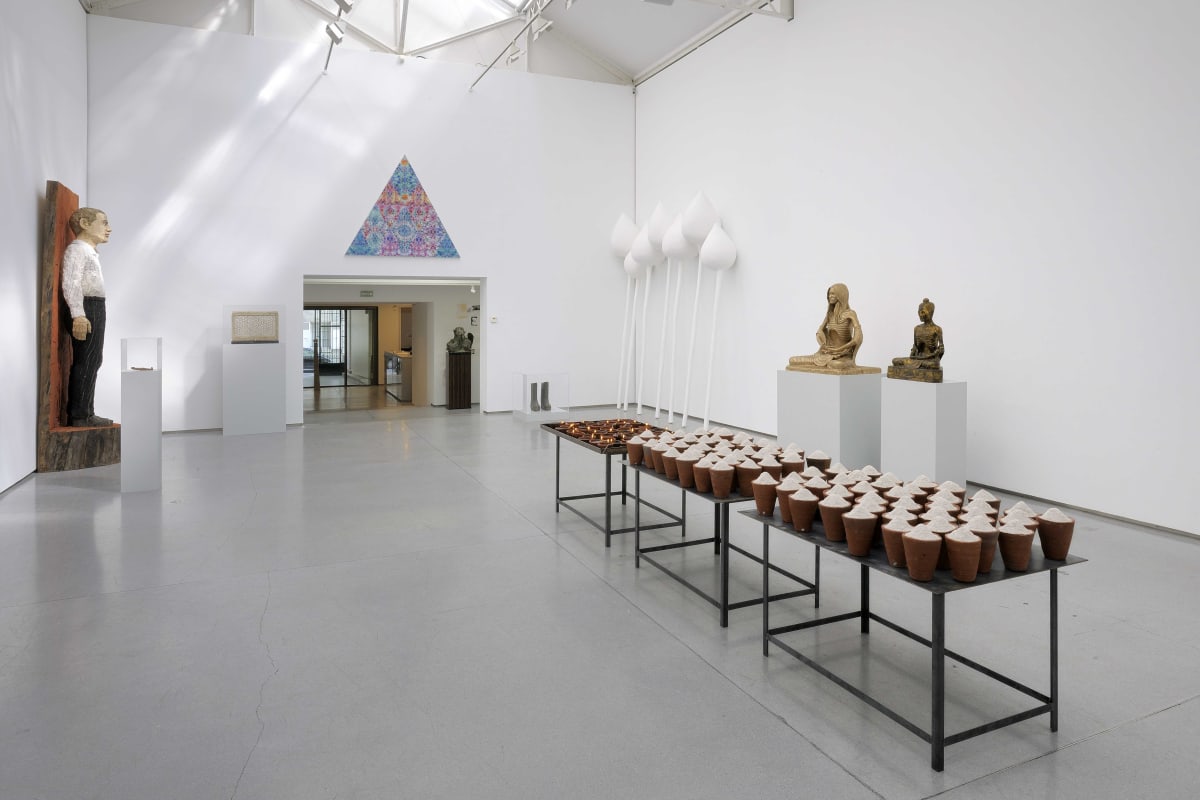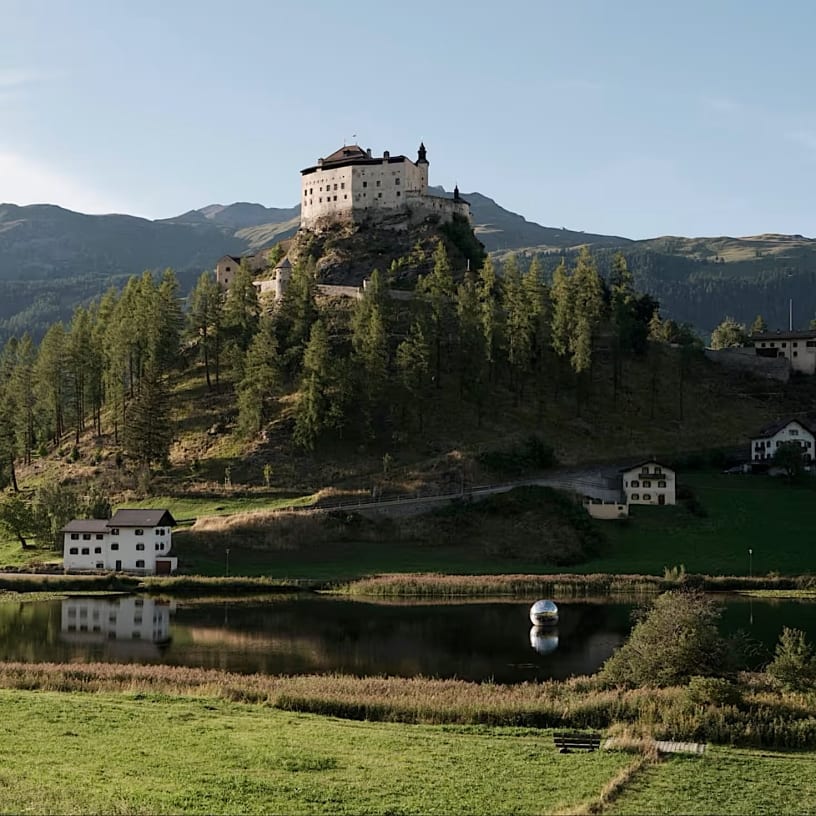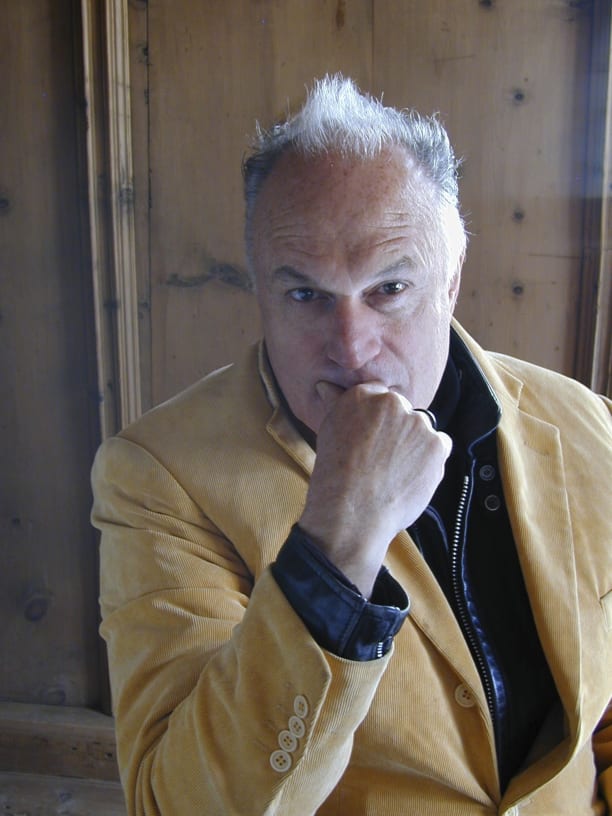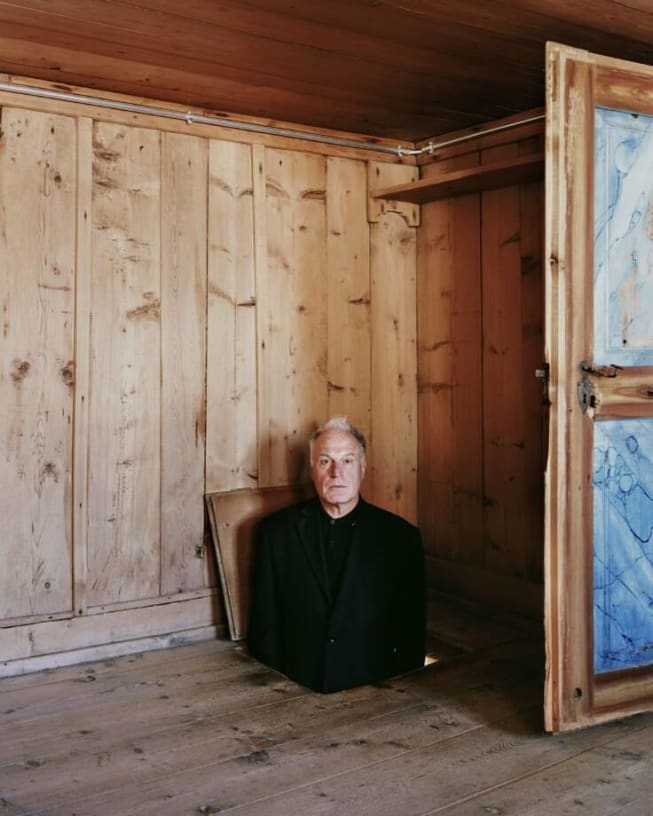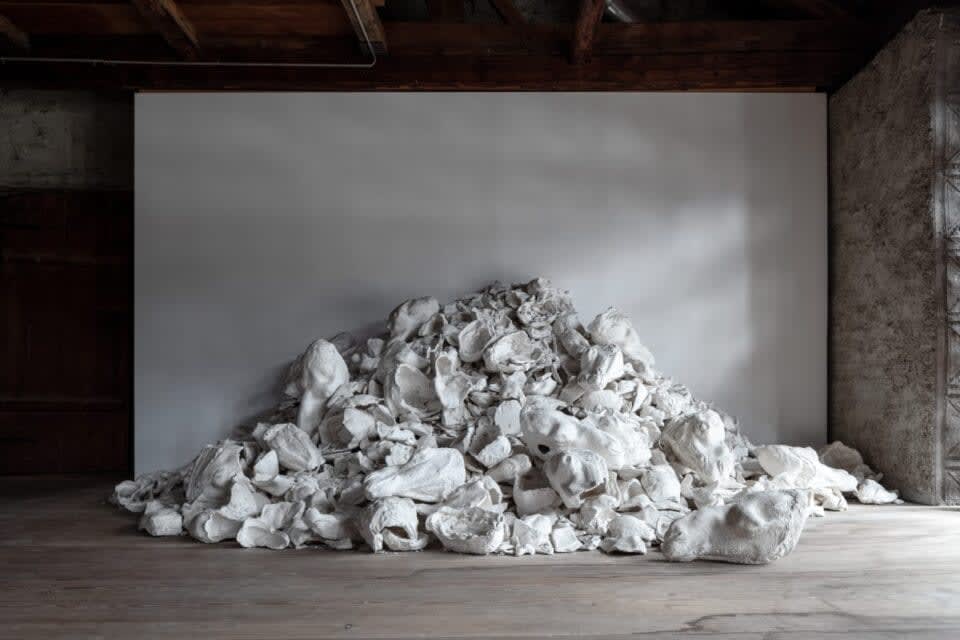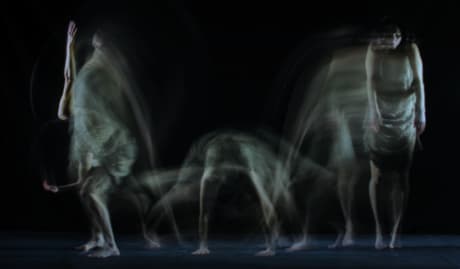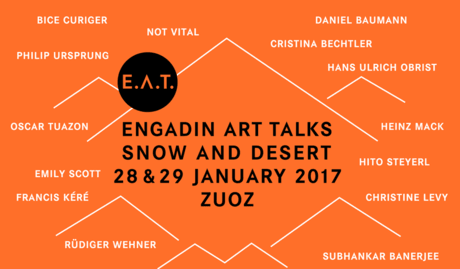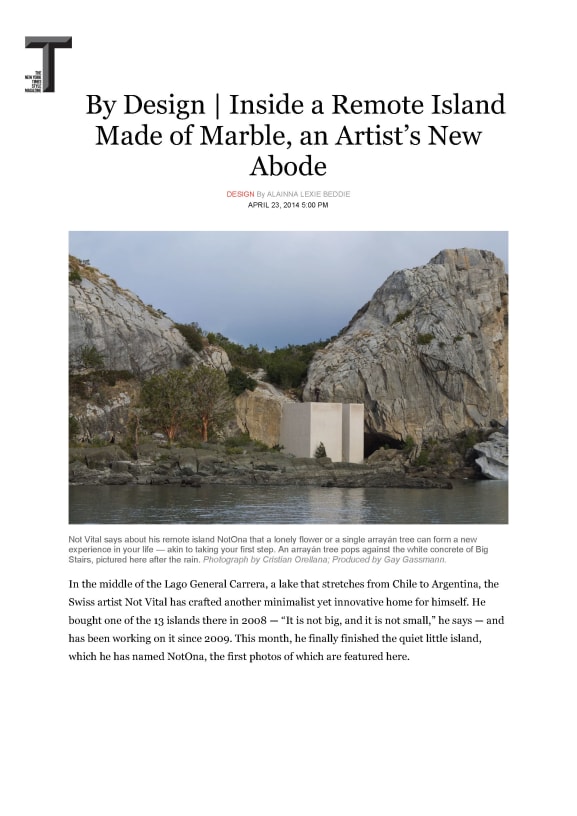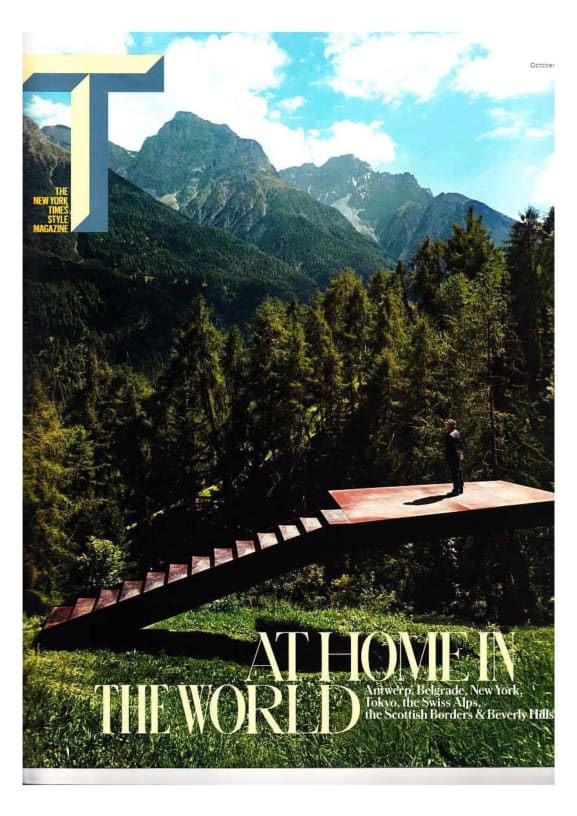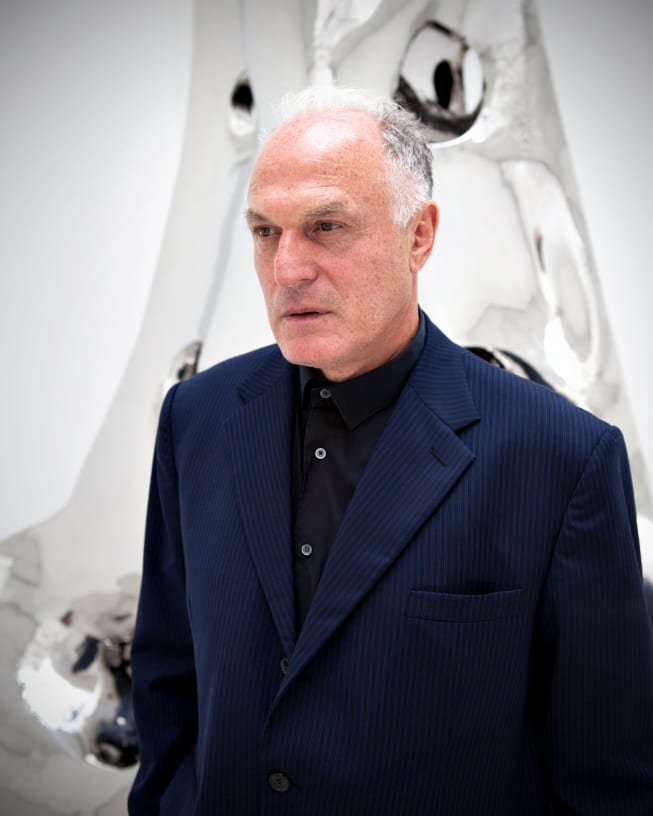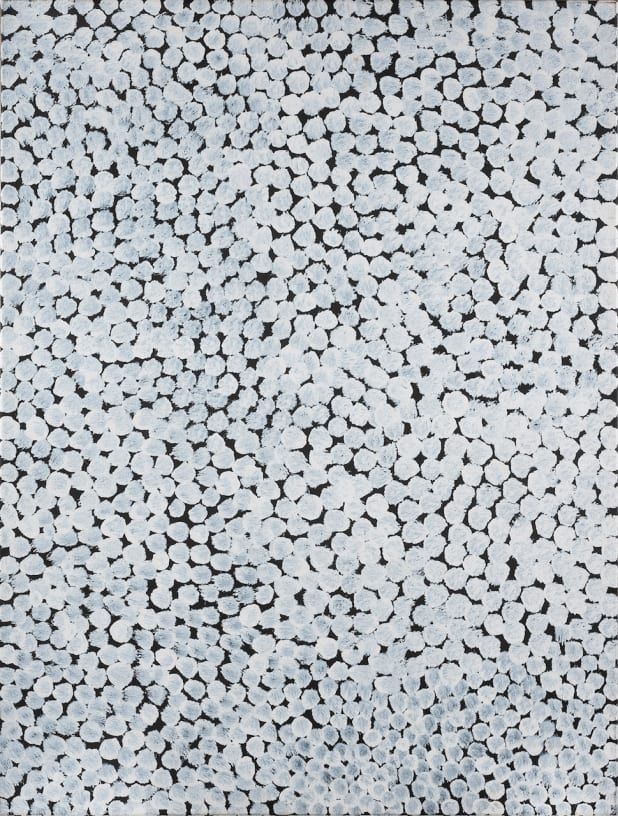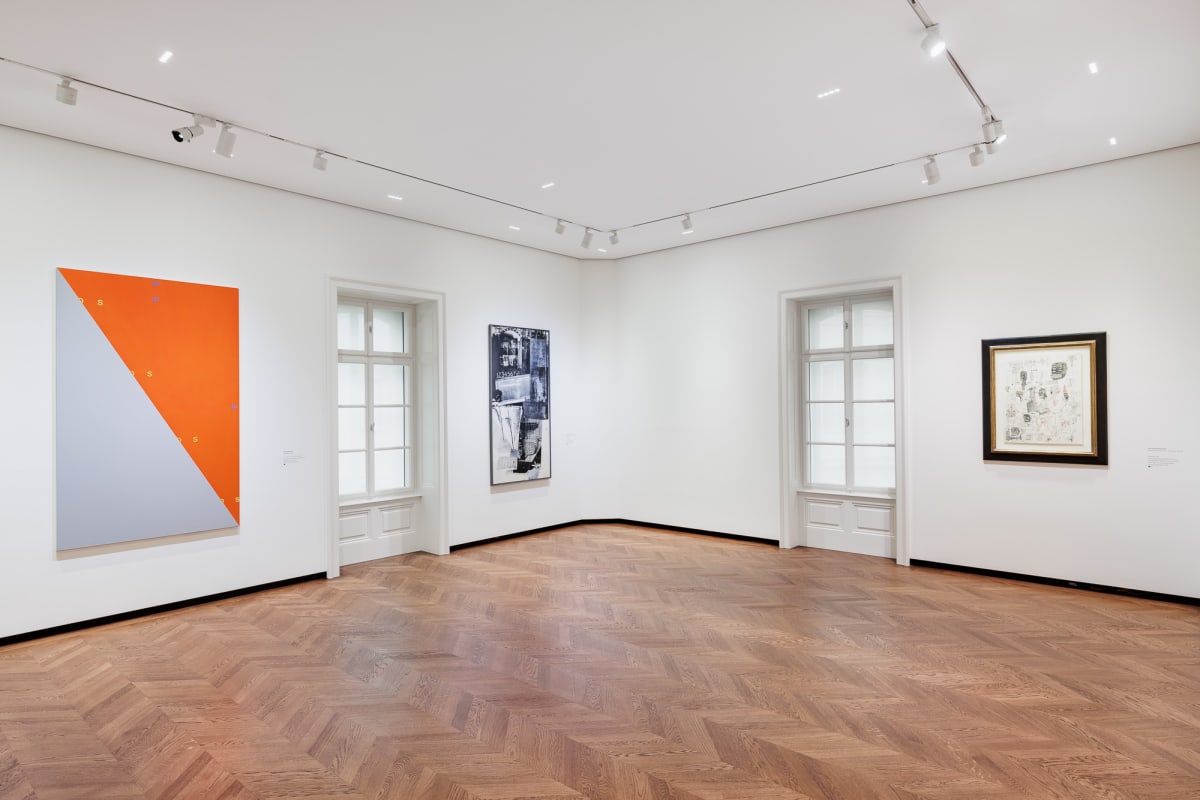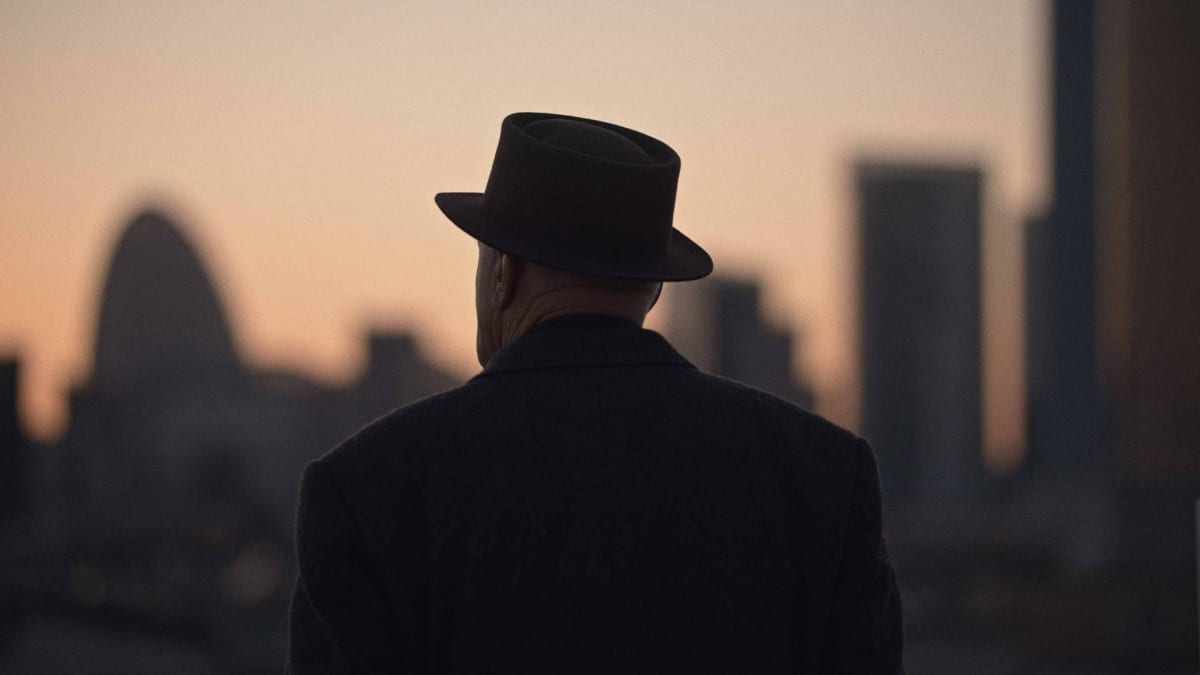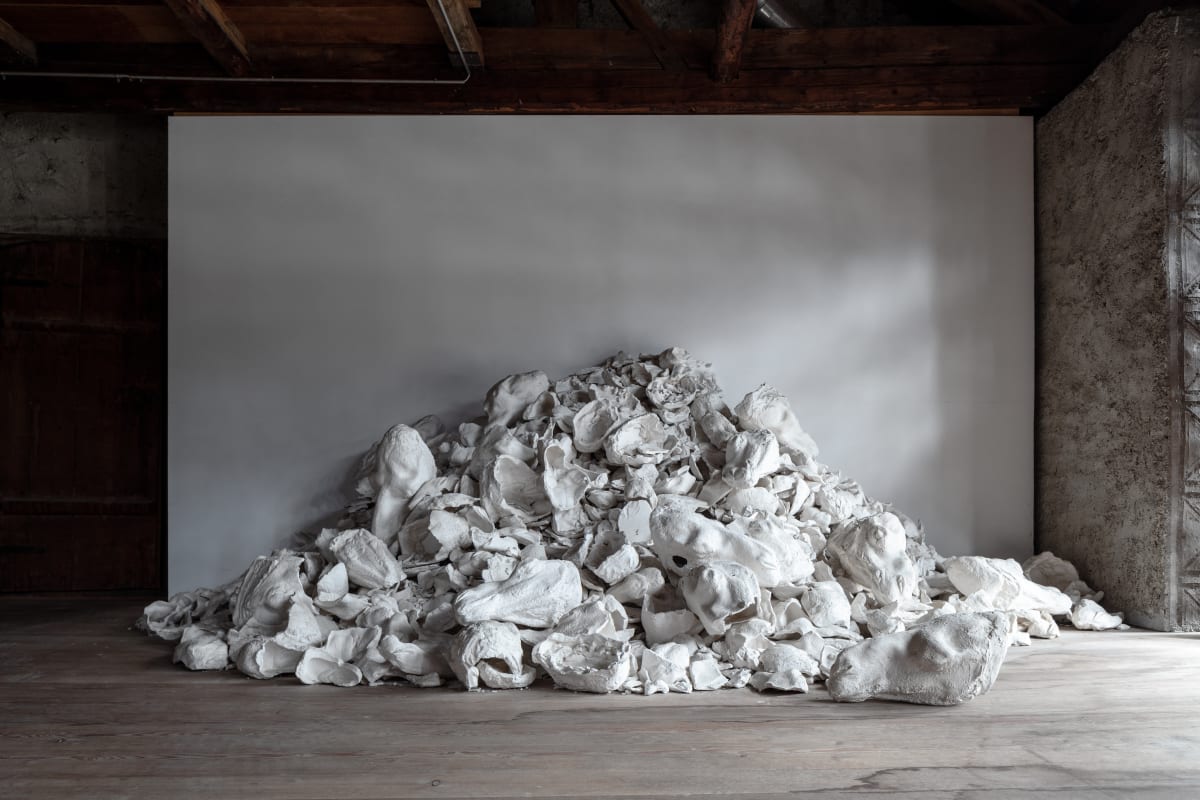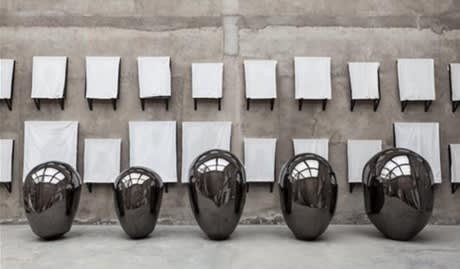

Not Vital
Overview
'It took me twenty years to realise that I could make a sculpture of the mountain in front of me. I have seen this mountain since I was born.'
Not Vital's art is inspired by his nomadic lifestyle and experiences of travelling the globe, reflecting on habitations, nature and animals, and on the relationships between sculpture and architecture. Exploring the boundaries between abstract and figurative forms, his work is marked by a particularly intimate relationship with materials, including plaster, steel, marble, ceramic and organic matter. He often collaborates with skilled craftsmen around the world, ranging from Beijing steel-chasers and Murano glass-blowers, to Tuareg silversmiths and Bhutan papermakers. The physicality of his approach, combined with an innate understanding of his chosen materials' essential properties, results in visually challenging works that are often destabilising in their striking scale and presence.
To better define his recent large-scale structures, in 2009 Vital coined the term 'SCARCH' – a conflation of sculpture and architecture. Central to his work is an exploration of the spatial, economic and cultural contexts of homes and workplaces. Driven by an impulse to build shelters that he traces back to childhood, he has constructed responsive habitats that are integrated into the communities in which they are built. Intimately connected with the rhythms of nature, his Houses to Watch the Sunset represent 'an invitation to dream' and reflect the extraordinary qualities of their surroundings, while also giving work to local people. As with all his works, these are constructed with formal rigour and a Minimalist aesthetic: 'you can't add or subtract anything […] It's complete in itself. It is what it is. You couldn't even take one step away without diminishing it.'
Not Vital's art is inspired by his nomadic lifestyle and experiences of travelling the globe, reflecting on habitations, nature and animals, and on the relationships between sculpture and architecture. Exploring the boundaries between abstract and figurative forms, his work is marked by a particularly intimate relationship with materials, including plaster, steel, marble, ceramic and organic matter. He often collaborates with skilled craftsmen around the world, ranging from Beijing steel-chasers and Murano glass-blowers, to Tuareg silversmiths and Bhutan papermakers. The physicality of his approach, combined with an innate understanding of his chosen materials' essential properties, results in visually challenging works that are often destabilising in their striking scale and presence.
To better define his recent large-scale structures, in 2009 Vital coined the term 'SCARCH' – a conflation of sculpture and architecture. Central to his work is an exploration of the spatial, economic and cultural contexts of homes and workplaces. Driven by an impulse to build shelters that he traces back to childhood, he has constructed responsive habitats that are integrated into the communities in which they are built. Intimately connected with the rhythms of nature, his Houses to Watch the Sunset represent 'an invitation to dream' and reflect the extraordinary qualities of their surroundings, while also giving work to local people. As with all his works, these are constructed with formal rigour and a Minimalist aesthetic: 'you can't add or subtract anything […] It's complete in itself. It is what it is. You couldn't even take one step away without diminishing it.'
Born in 1948 in Sent, Switzerland, Vital lives and works between his hometown, Beijing and Rio de Janeiro. He grew up among the mountains and forests in the Engadin valley near the border of Switzerland, Austria and Italy, but has spent much of his time travelling and living in places including China, Niger, Italy, Indonesia and the USA. He studied visual arts at the Université Expérimentale de Vincennes, Paris from 1968–71 and moved to New York in 1974, where he began his artistic career. In 2003, Vital established a foundation in Ardez, a small historic village in the Engadin, with the aim of preserving the cultural assets of the valley and creating a local sculpture park. Over the course of his career, he has realised many buildings for contemplation all over the world, including the NotOna Tunnel on NotOna Island (2009) in Patagonia, Chile.
Vital’s work has been featured in numerous international exhibitions, including the 49th Venice Biennale (2001), curated by Harald Szeemann, and the 17th International Architecture Biennale (2021). He is one of the few artists to have exhibited his work in both the Art and the Architecture Biennale. Major solo exhibitions were held at Kunsthalle Bielefeld, Germany (2005); the Arts Club of Chicago (2006); UCCA Center for Contemporary Art, Beijing (2011); and the Museo d'arte Mendrisio, Switzerland (2014–15). In 2013, the large-scale installation 700 Snowballs was on view on the island of San Giorgio Maggiore in Venice. His first major UK exhibition and his largest museum project to date was held at the Yorkshire Sculpture Park in 2016, followed by his first institutional project in Austria at the Museum der Moderne, Salzburg in 2020–21.
Videos

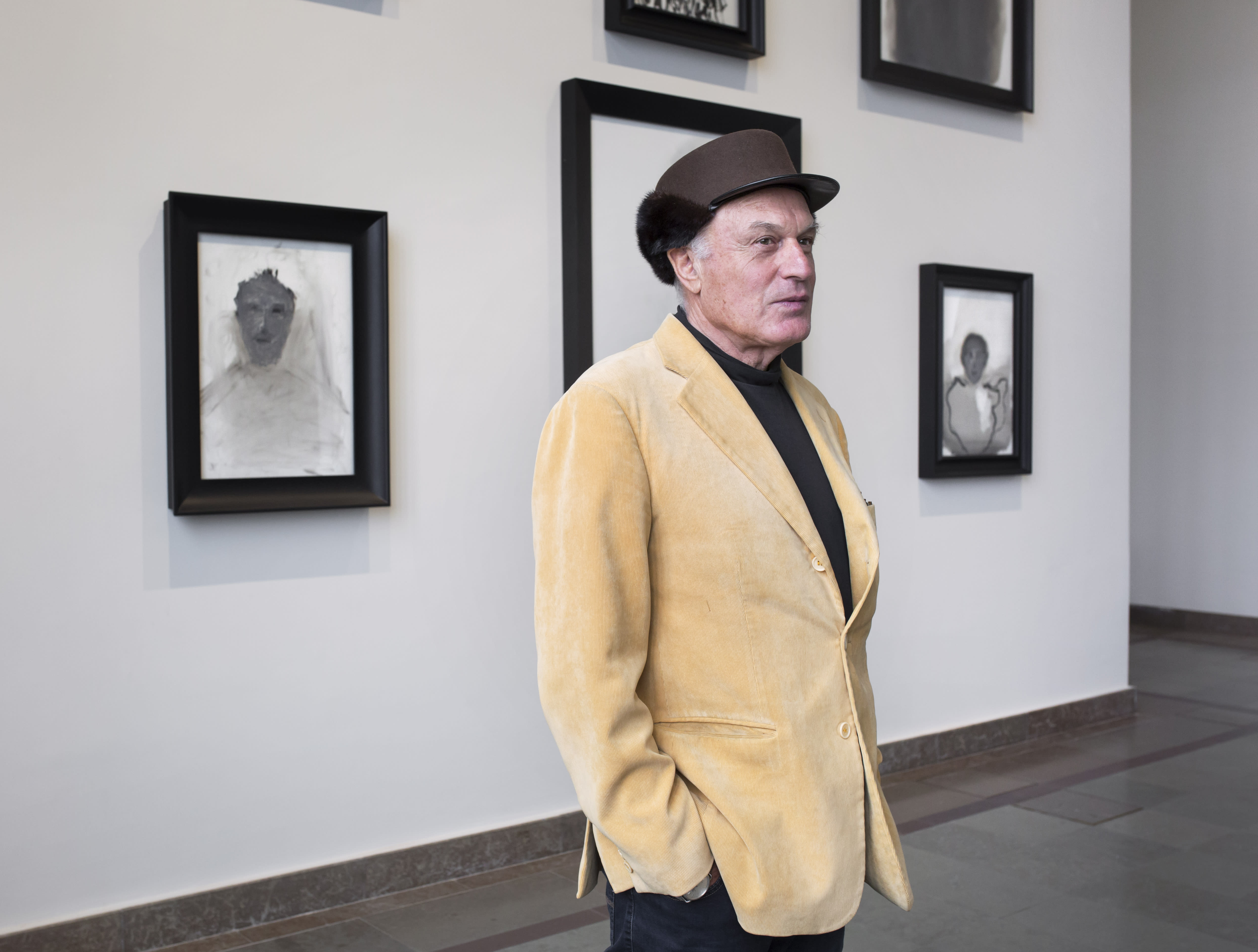







Artworks
Expositions


